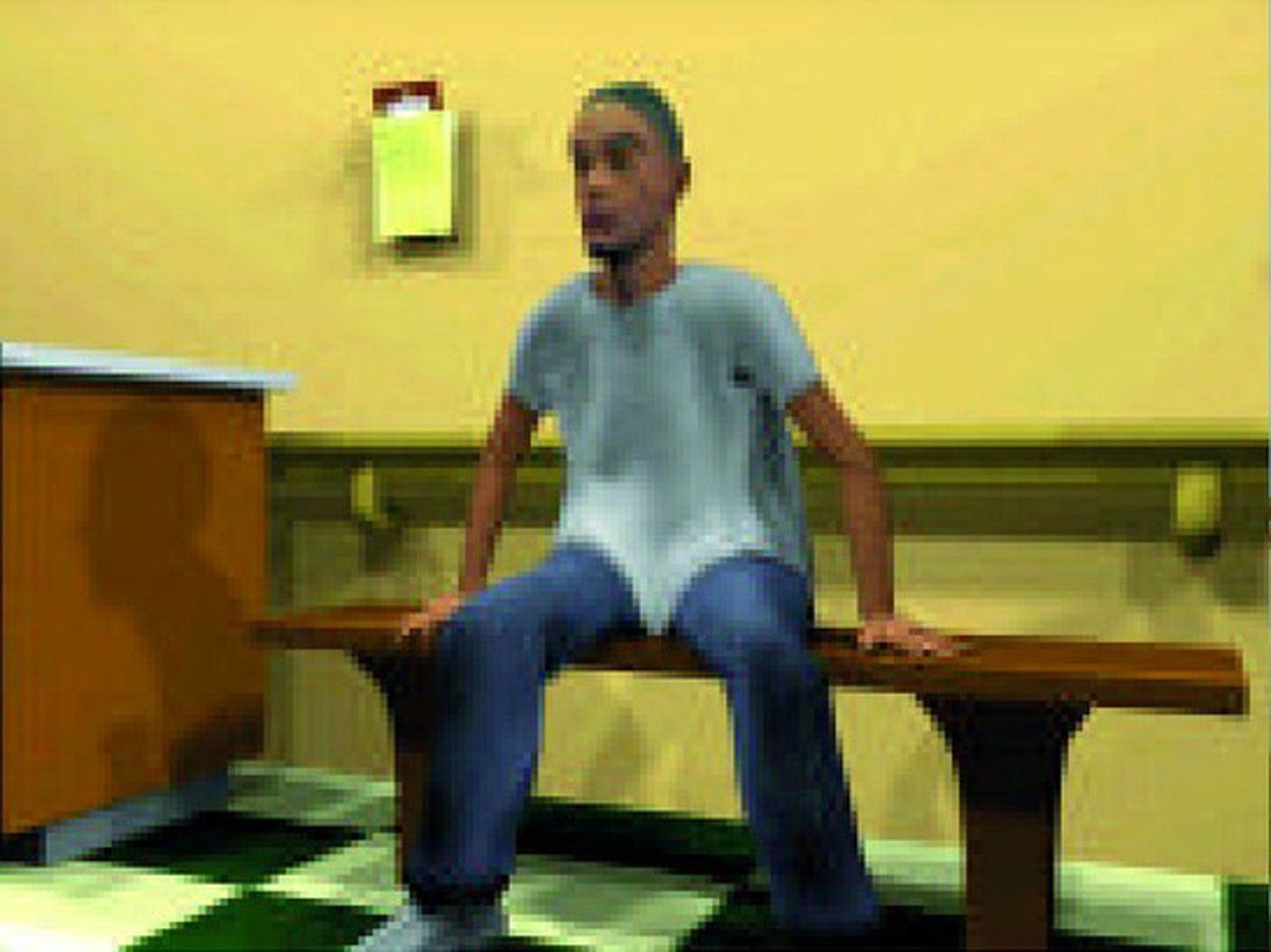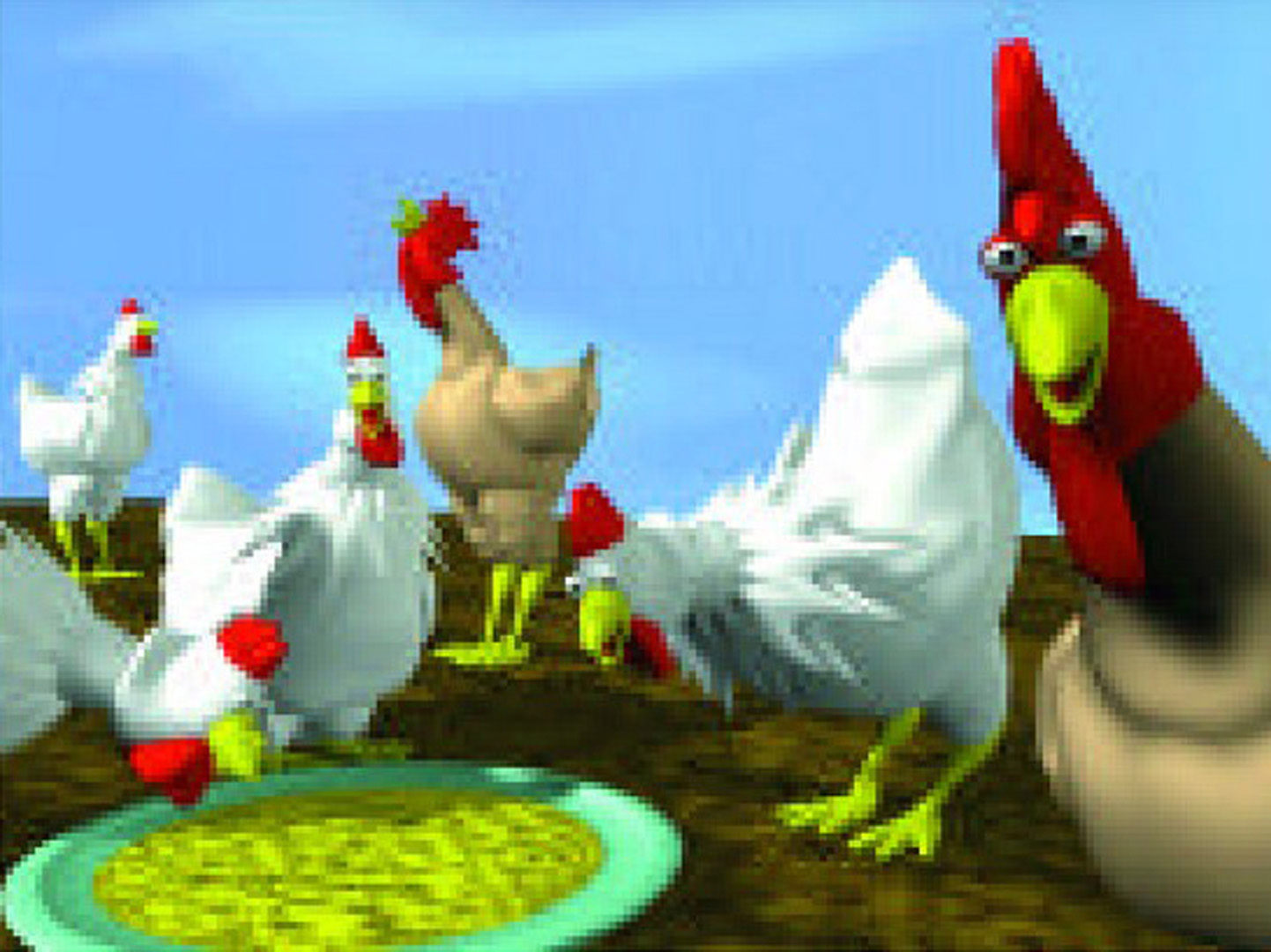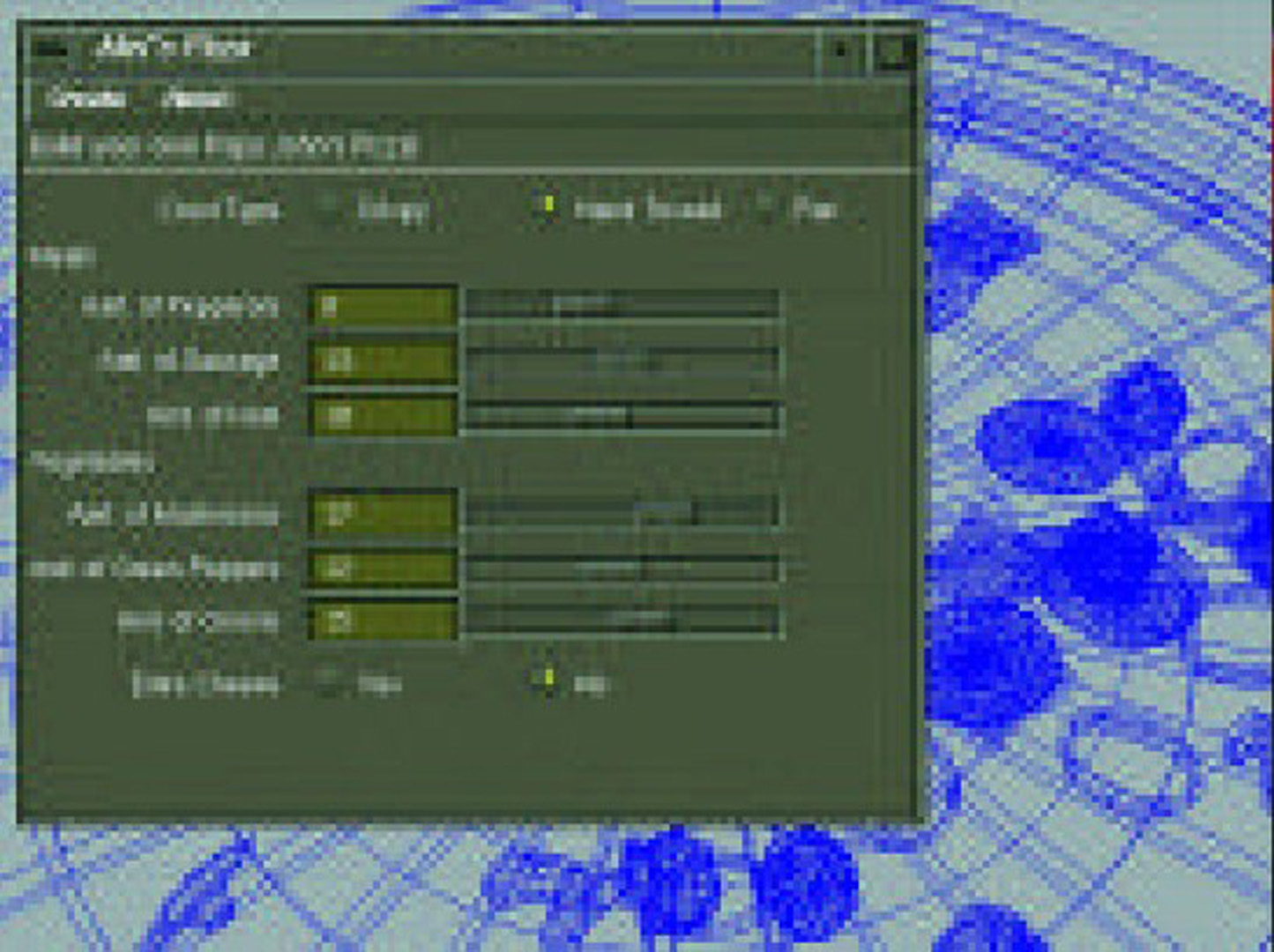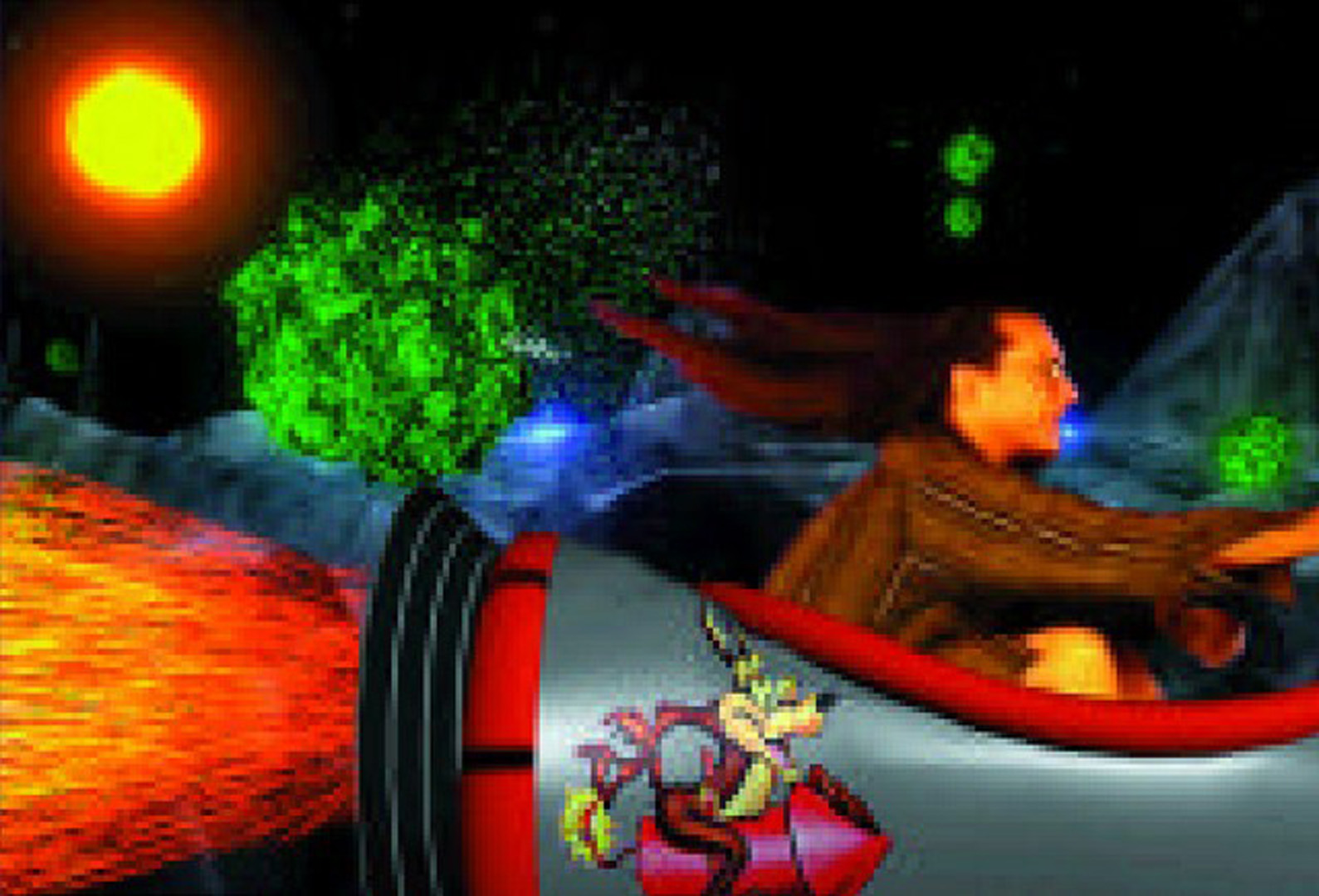“A Collaborative and Interdisciplinary Computer Animation Course” by Ebert and Bailey
Conference:
Type(s):
Title:
- A Collaborative and Interdisciplinary Computer Animation Course
Presenter(s)/Author(s):
Abstract:
- Develop students’ teamwork and effective group dynamic skills.
- Increase the technical graphics and animation knowledge of computer science students.
- Increase the animation skills and knowledge of advanced computer animation techniques of art students.
- Introduce art students to the technical aspects of rendering and animation, and expose them to research issues in computer animation.
- Introduce computer science students to traditional and computer animation techniques.
- Introduce art students to the creative potential of writing procedural shaders, models, and animation expressions.
- Provide practical animation production experience, using and extending commercial animation software.
- Provide a collaborative learning environment where students will learn from each other, as well as the course instructors.
Computer animation has always required a close collaboration between artists and computer scientists. However, traditional educational approaches to computer animation isolate artists and computer scientists from each other. Traditional courses fail to teach students the important interdisciplinary nature of computer animation and fail to provide practical interdisciplinary collaborative work experience to students. We have developed an interdisciplinary computer animation course that focuses on contemporary issues in computer animation and requires the skills of animators and programmers working in teams. The goals of this course are to:
A key aspect of this course is that students gain experience in participating in interdisciplinary teams. Teams of four-five visual arts and computer science students work together to produce animations that utilize each member’s skills and interests, in a manner similar to commercial animation environments. The computer animation industry requires employees to work in teams on large projects, where the teams are composed of members from quite disjoint backgrounds. We have structured this course to help students learn how to communicate, work, and even thrive in this environment.









